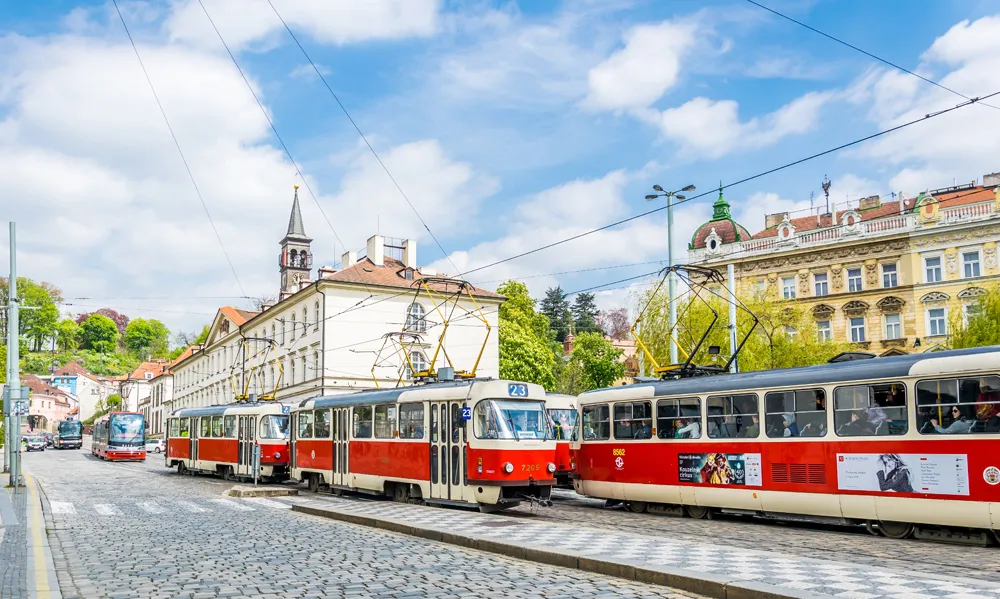Nine stakeholder agencies, multiple modes of travel (including bus and rail), reliable and accurate travel time information, parking information, and active traffic diversion for incidents; these capabilities and more are now available through the Dallas Integrated Corridor Management (ICM) program along US-75 that will be going “Live” April 2013. The I-15 and I-75 corridors in San Diego, CA recently went Live with their ICM system in March 2013.
April 22, 2013
Read time: 2 mins

Nine stakeholder agencies, multiple modes of travel (including bus and rail), reliable and accurate travel time information, parking information and active traffic diversion for incidents; these capabilities and more are now available through the Dallas Integrated Corridor Management (ICM) program along US-75 that will be going 'Live' April 2013. The I-15 and I-75 corridors in San Diego, CA recently went Live with their ICM system in March 2013.
A multitude of ICM strategies can be developed for almost any situation, which is why stakeholders have spent the past several years, developing automated near real-time decision support systems (DSS) that will keep people and goods moving smoothly along the transportation system.
For a unique opportunity to gain an insight into these developments, visit the USDOT Booth 605 with specific demonstrations of the Dallas ICM on April 22 from 11:00 to 1:00 and of the San Diego ICM on April 23 from 11:00 to 1:00, and also attend the ICM workshop taking place on Wednesday, April 24 from 1:30 to 5:30pm.
A multitude of ICM strategies can be developed for almost any situation, which is why stakeholders have spent the past several years, developing automated near real-time decision support systems (DSS) that will keep people and goods moving smoothly along the transportation system.
For a unique opportunity to gain an insight into these developments, visit the USDOT Booth 605 with specific demonstrations of the Dallas ICM on April 22 from 11:00 to 1:00 and of the San Diego ICM on April 23 from 11:00 to 1:00, and also attend the ICM workshop taking place on Wednesday, April 24 from 1:30 to 5:30pm.










